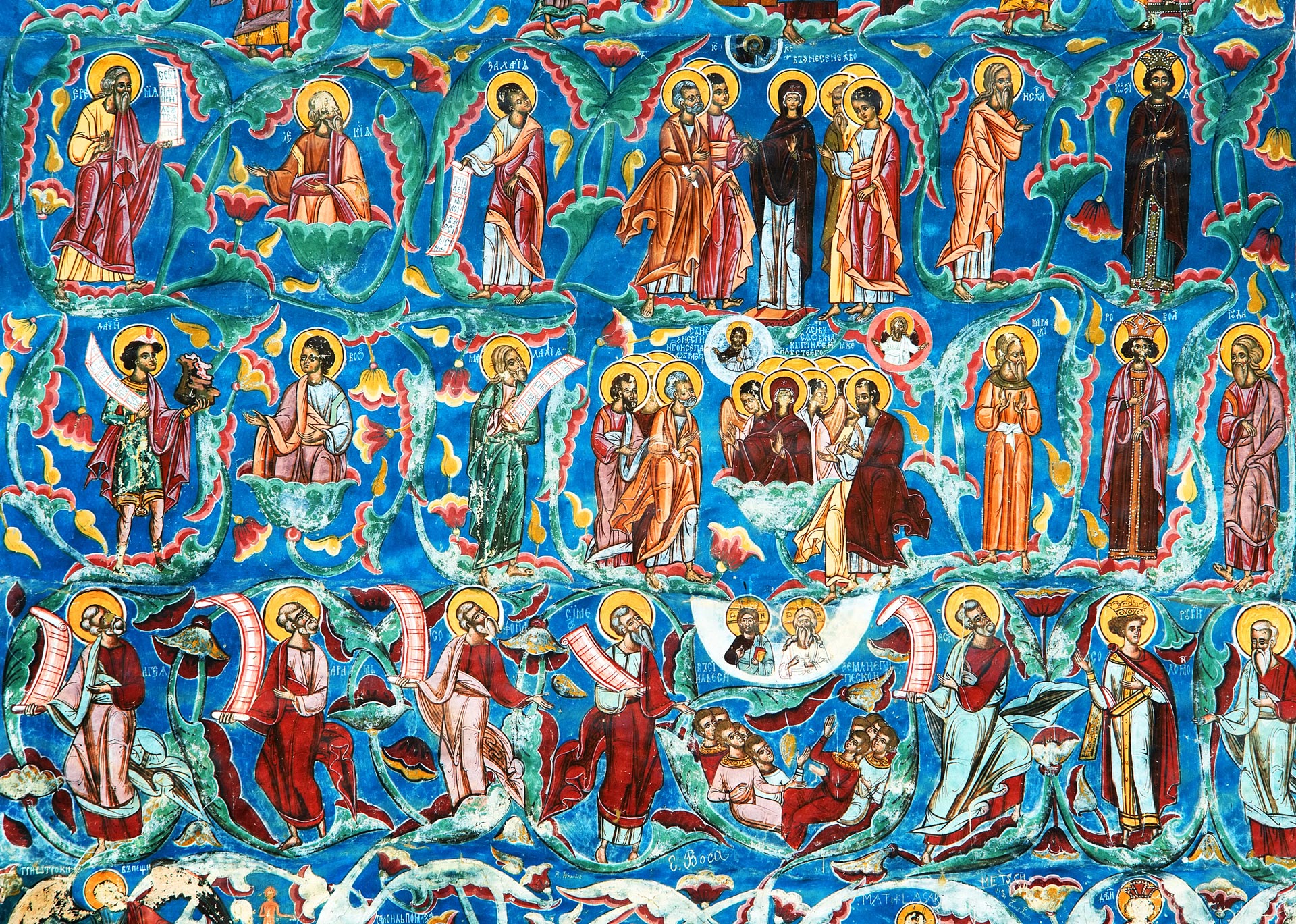ROMANIA & MOLDOVA
Romania and Moldova – two countries that are just perfectly suited for a combined trip. Though both are a novelty on the tourist map of Europe, they can boast about true natural treasures and a rich history behind. In terms of political development as well as tourism, Romania is one step ahead its neighboring country. Being a member of the EU, it became a well known destination in the last decade. As far as Moldova is concerned, the country has recently signed an Association Agreement with the EU and for the last few years has been showing an enormous upswing in tourism. Thus, the visit to Moldova may be a logical upgrading of any trip to Romania. Both folks come very close, and not only through language but also traditions and mentality.
Breathtaking natural beauty, numerous monasteries with unique frescoes, very authentic people and impressive hospitality gives you an exhaustive explanation why you must visit these two countries.
ROMANIA & MOLDOVA
Day 1
If you are looking for a destination where romantic and mysterious spirit of the Middle Ages is still being felt, you will never regret your choice if you opt for Romania. The country offers a variety of unforgettable impressions and surprises the traveler from region to region with its authentic rustic landscapes. The macabre and bloodthirsty figure of the merciless General Vlad Tepes has become the Romanian symbol – how could it be otherwise? The recognition factor of Count Dracula is hard to beat. However, make sure during the trip that Romania has much more to offer. Interior paintings and frescoes of Moldova monasteries, beautiful castles in Transylvania, pristine nature reserves in the Danube Delta ensure a very positive image of the country.
Day 2
Around noon, you arrive at the international airport of Cluj Napoca (Cluj). In this city we begin our acquaintance with Romania. You will feel strongly both western and eastern influences here.
You can rarely experience such a cultural and language diversity. The mixture of cultures contributed a lot to the special atmosphere of the country. After check-in at the hotel, we still have enough time to explore this extremely interesting city. In Cluj, you can see ruins of the ancient Romanian town Napoca. You will visit the main landmark of the town – Catholic Cathedral of St. Michael, built in the Gothic style in the 14th century. The Municipal Theater and the neo-Byzantine Orthodox Cathedral will leave you with a vivid impression of the city.
Right after breakfast, we start our trip across Transylvania. The name is self-explanatory and is translated as “country beyond the forests”. The region is also known by its German name “Siebenbürgen”, which goes back to the first German settlers. They settled here in the 12th century to erect here a bulwark with seven fortified towns against the Ottomans. Along the way you will admire beautiful mountain landscapes, covered with ancient forests with abundant wildlife; legendary castles, allegedly full of werewolves and vampires; ancient Roman, Dacian and Scythian settlements, as well as modern villages with incredibly well-preserved traditions.
For the traveler, it is a unique opportunity to make a time jump in the bygone epoch and to experience the ancient customs so closely.
Day 3
On the way to Sibiu, we will go through the valley Tarnava Mare, a wine region with the charming village Biertan. The impressive church castle with three defensive walls, three gates and six towers justify our short stay in the village. Biertan is the annual venue of the so-called “Saxony meeting”, the meeting of still remaining Siebenbürgen Saxons.
Around noon, we reach Sibiu / Hermannstadt – founded by German settlers, the city is still the center of the “Transylvanian Saxons”. In architecture, Sibiu reminds old German cities. Even now the signposts and tourist information are labeled both in Romanian and German, though most of the German inhabitants have left the city for Germany. While walking through the city center, you get the impression of the European Capital of Culture in 2007. During a city tour, you can see the large and the small city ring, the Liar’s Bridge and the Protestant cathedral.
In case you want to read the whole version, we will with pleasure send you it to your e-mail address. Just let us know! reise@entdecke.net
